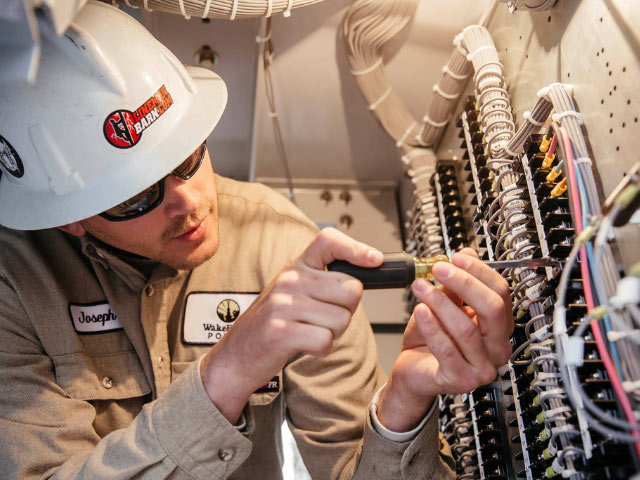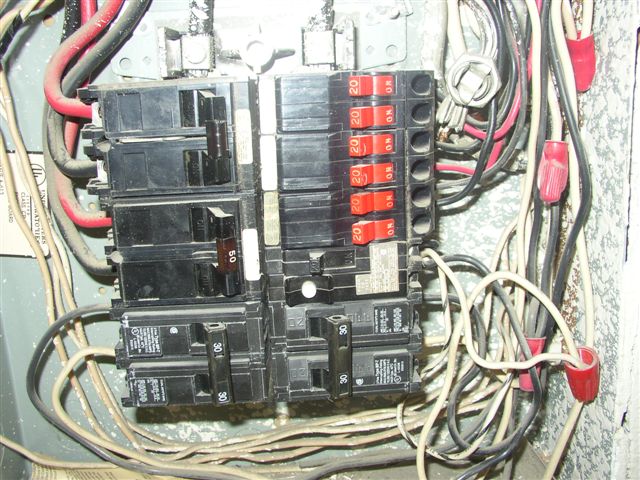
Common Challenges in Electrical Installations
In the realm of construction and infrastructure development, electrical installations serve as the nervous system, facilitating the smooth flow of energy to power our modern world. However, the journey from blueprint to functional system is riddled with challenges that can throw even the most seasoned professionals for a loop. From code compliance to technical hurdles, navigating these obstacles requires a blend of expertise, foresight, and problem-solving prowess. In this comprehensive guide, we’ll delve into the most prevalent challenges encountered in electrical installations and explore strategies to overcome them with finesse.
Understanding the Landscape: Common Challenges
1. Code Compliance Conundrums
The cornerstone of any electrical installation project lies in adhering to stringent building codes and regulations. Failure to comply not only jeopardizes the safety of the structure and its occupants but can also result in costly fines and delays. One of the primary challenges faced by contractors and electricians is deciphering the labyrinth of codes, which often undergo revisions and updates. From NEC (National Electrical Code) requirements to local ordinances, staying abreast of regulatory changes is paramount. Moreover, the interpretation and application of these codes can vary based on factors such as building type, location, and intended use, further complicating matters.
2. Design Dilemmas and Compatibility Issues
A well-executed electrical design forms the blueprint for a successful installation. However, designing systems that meet the unique needs of a project while ensuring compatibility with existing infrastructure can pose significant challenges. Factors such as load calculations, voltage drop, and equipment selection require meticulous attention to detail. Moreover, integrating renewable energy sources, smart technologies, and energy-efficient solutions adds layers of complexity to the design process. Balancing functionality, efficiency, and cost-effectiveness is a delicate dance that demands expertise and foresight.
3. Wiring Woes and Conduit Conflicts
The backbone of any electrical system, wiring, and conduit installation must be executed with precision to ensure reliability and safety. However, navigating through tight spaces, complex layouts, and retrofitting scenarios often leads to logistical headaches. Routing wires through walls, ceilings, and floors without compromising structural integrity or violating fire codes requires creative problem-solving skills. Moreover, managing conduit conflicts, such as overcrowding and improper bending, can impede the flow of current and increase the risk of overheating and electrical faults.
4. Power Quality Predicaments
In an era where sensitive electronic devices proliferate, maintaining optimal power quality is paramount. However, factors such as voltage fluctuations, harmonics, and electromagnetic interference can wreak havoc on electrical systems, leading to equipment malfunction and downtime. Identifying and mitigating sources of poor power quality, such as inadequate grounding, voltage surges, and harmonic distortion, requires advanced diagnostic tools and expertise. Implementing measures such as surge protection, voltage regulation, and power conditioning can safeguard sensitive equipment and enhance system reliability.
Strategies for Success: Overcoming Challenges Effectively
1. Continuous Education and Training
In the ever-evolving landscape of electrical installations, knowledge is power. Investing in ongoing education and training empowers professionals to stay abreast of industry trends, technological advancements, and regulatory changes. Whether through seminars, workshops, or certifications, honing skills and expanding expertise is essential for overcoming challenges and delivering superior results.
2. Collaborative Approach and Communication
Effective communication and collaboration are the cornerstones of successful electrical installations. Establishing clear channels of communication among stakeholders, including architects, engineers, contractors, and electricians, fosters synergy and minimizes misunderstandings. Regular meetings, progress reports, and project updates ensure alignment and enable proactive problem-solving, mitigating potential issues before they escalate. If you enjoyed this article about home electrical services then visit their page for more interesting articles.

3. Utilization of Advanced Technologies
Embracing innovative technologies and tools can streamline processes and enhance efficiency in electrical installations. From Building Information Modeling (BIM) software for comprehensive project visualization to advanced diagnostic instruments for troubleshooting, leveraging cutting-edge solutions optimizes workflow and minimizes errors. Automation, prefabrication, and modular construction techniques further expedite project timelines while maintaining quality standards.
4. Adherence to Best Practices and Quality Standards
Consistently adhering to industry best practices and quality standards forms the foundation of excellence in electrical installations. From meticulous planning and design to meticulous execution and testing, every step must uphold the highest standards of craftsmanship and safety. Regular inspections, audits, and quality assurance protocols ensure compliance and instill confidence in the reliability and longevity of the electrical system.
Conclusion: Empowering Excellence in Electrical Installations
Mastering the maze of challenges inherent in electrical installations requires a multifaceted approach that blends technical expertise, strategic planning, and effective communication. By understanding the common pitfalls and employing proactive strategies, professionals can navigate through complexities with confidence and precision. From code compliance to design intricacies and power quality optimization, every challenge presents an opportunity for innovation and mastery. By embracing continuous learning, collaboration, and technological advancements, we can elevate the standards of excellence and ensure the seamless operation of electrical systems in the built environment.
